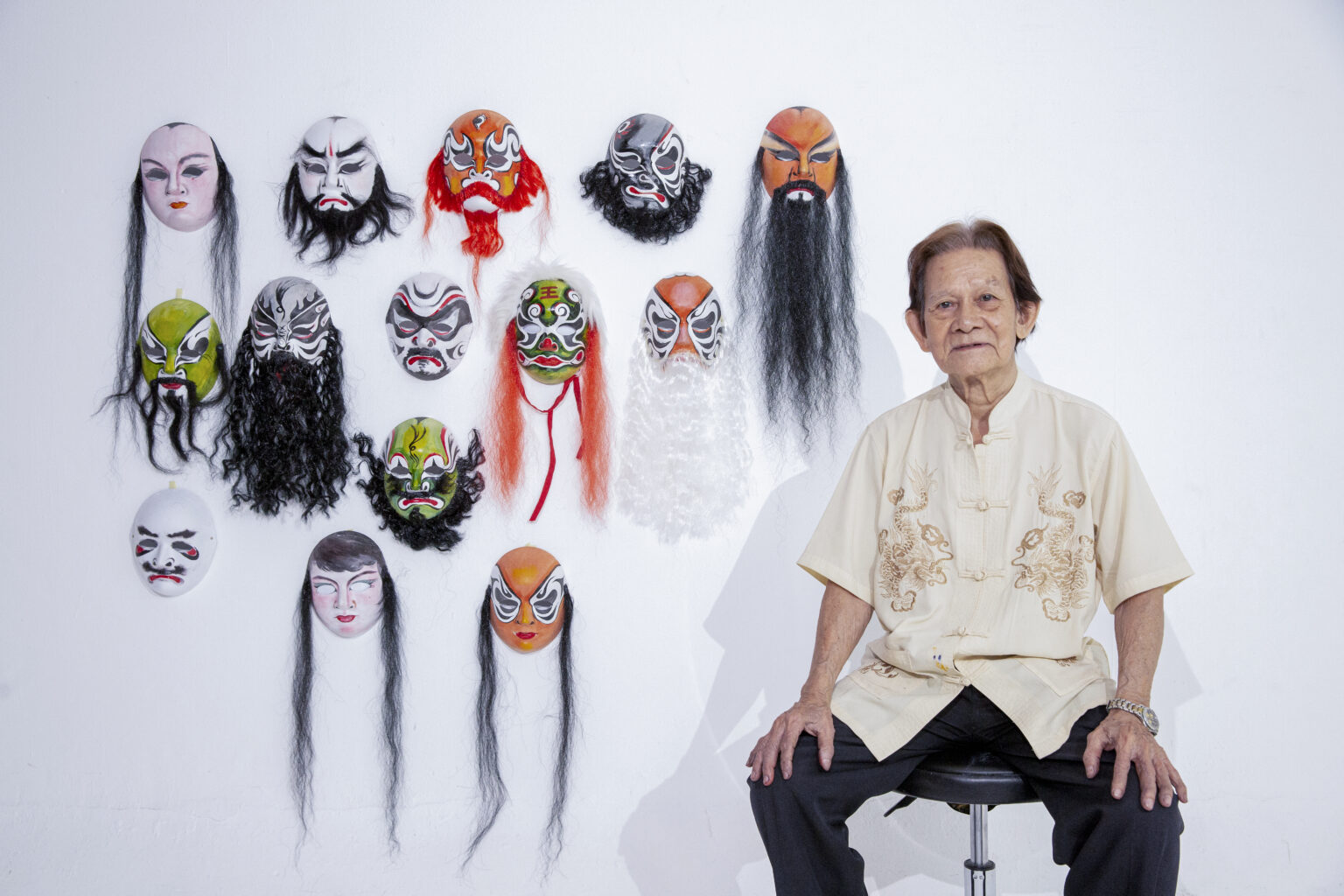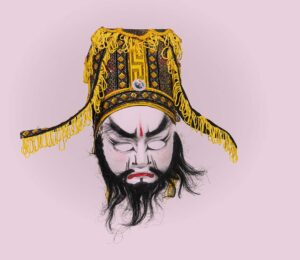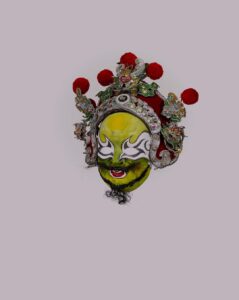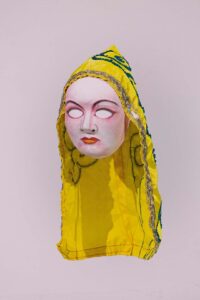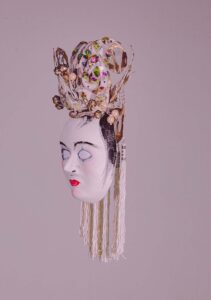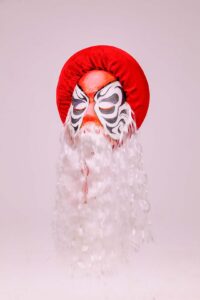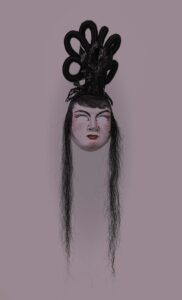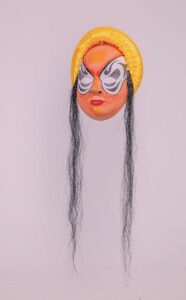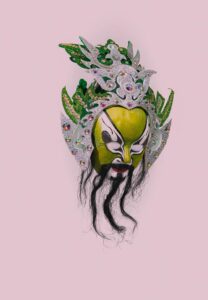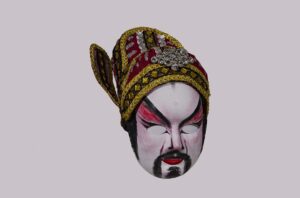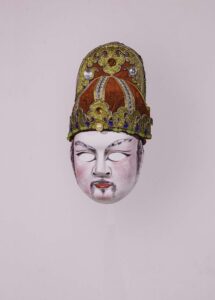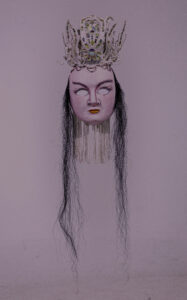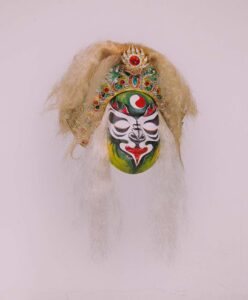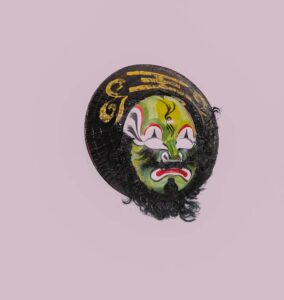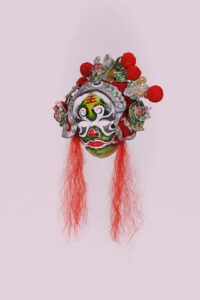In Cochinchina, the art of Hat Boi appeared in the seventeenth and eighteenth centuries and was favored by the Nguyen lords. Sing boi highlights the spirit of loyalty and moral standards according to the Confucian philosophy of the gentleman such as benevolence, ceremony, righteousness, wisdom, and faith, which are prevalent from the royal court to the folk, with art. The performance was completed. Left army Le Van Duyet, one of the founding fathers of the Nguyen Dynasty, brought his love of Hat Boi to Gia Dinh in the early 19th century, contributing to the transmission of San Hau tuong. This is an almost classic master's play, which can be applied as a template for assembling and adapting plays from existing stories to be made later. When developing in the South, singing boi broke out of the royal performance form and became a folk theatrical art, with modifications to suit the regional context and the tastes of the audience.
Masquerade, commonly known as face mask or tuong tuong, is also a feature of the art of Hat Boi, to represent conventionally, to represent the character's temperament, thereby helping viewers to identify the mirrors. opposite sides such as the middle army, the evil god, the good and the evil. Actors directly draw curved lines on the face, when performing with the form shock, that is, vibrating facial muscles, those strokes will move to magnify the character's temperament and expression immediately. The colors used in the production also have a relative meaning, with the main colors such as red, white, green, black ... to evoke the origin or morality of the character.
Artist Huu Lap is one of those people who still have their passion for Hat Boi. He carried out a project to introduce 16 typical characters in San Hau tuong, adding five typical faces in other Hat Boi scripts. All of these works are drawn in both facial expressions: black strokes are drawn directly on the face combined with the characteristic symbolism, using a variety of red-green-white colors to express the character's temperament. ; and white face - the actor only wears a white face and makeup that emphasizes his eyebrows, nose, and cheeks. These characters are faithfully represented on stage, based on the experience and memory of more than 65 years of experience. Working in many positions in the troupe, from actors to composers to dramatizers, artist Huu Lap is currently storing more than 500 plays from the past to the present. In addition, he also has a self-recorded book of nearly 50 characters' faces in different scenarios, preserving the details of face painting in Southern Boi singing according to his memory, which is a precious document that generations of Later artists also have to follow them for reference.
San Hau Tuong revolves around the story after the death of King Qi, Thai monk Ta Thien Lang took the throne, established Tieu Giang San, plotted to kill the concubine Phan Phung Co who was pregnant for the Qi family and lost an heir. The Qi court was divided into two factions, serving the Qi was the righteous side, and the anti-Qi was the villain, with the moral boundaries of each character being built very clearly. Ai San Hau, also known as Son Hau, is where the final battle broke out between the two factions of good and evil, the climax of the play.
All information posted in the Connecting Heritage Digital Collection is contributed by the community and is for reference only. The Program is not responsible for any differences from the information stated in the Digital Collection and disclaims any liability arising from the use of information from this Collection. For more information, please visit Community Rules.

